Many people struggle with organizing tasks and managing time:
“56% feel out of control at work, spending an average of 91 minutes daily on unimportant tasks”
“88% of workers admit to procrastinating for at least an hour daily because of unfinished tasks and stress”
That’s how Tasky was born—a solution designed to help people manage their time and prioritize their tasks more effectively.
OPTIMIZING YOUR DAY
DIVING INTO THE RESEARCH
User Interview
Competitive Analysis
KEY FINDINGS
"The act of opening an app is distracting, which can affect my short-term memory." — Interviewee#1
"I can't prioritize tasks. For me, reviewing before exams and cleaning the room are equally important."
— Interviewee#2
We conducted interviews with five individuals who struggle with task management in their daily lives. The discussions centered around their challenges in staying organized, the tools they use to manage their tasks that would help them stay on track.
We evaluated existing task management apps to identify gaps and opportunities in Task Management solusions
Common Strengths
Customization
Gamification and Motivation
Simplicity and Clean Interfaces
Opportunities
Incorporate Prioritization
Balance Customization with Simplicity
Leverage Motivation
Common Weakness
Lack of Prioritization Feature
Overwhelming Features
Limited Collaboration
Female
Other
Professionals
Students
Male
21-30
Canada
USA
China
31-40
Tech tools are convenient but can be distracting
Reminders are beneficial for managing tasks
Simplicity is critical for a successful user experience

Gender
Age

Professions

Location

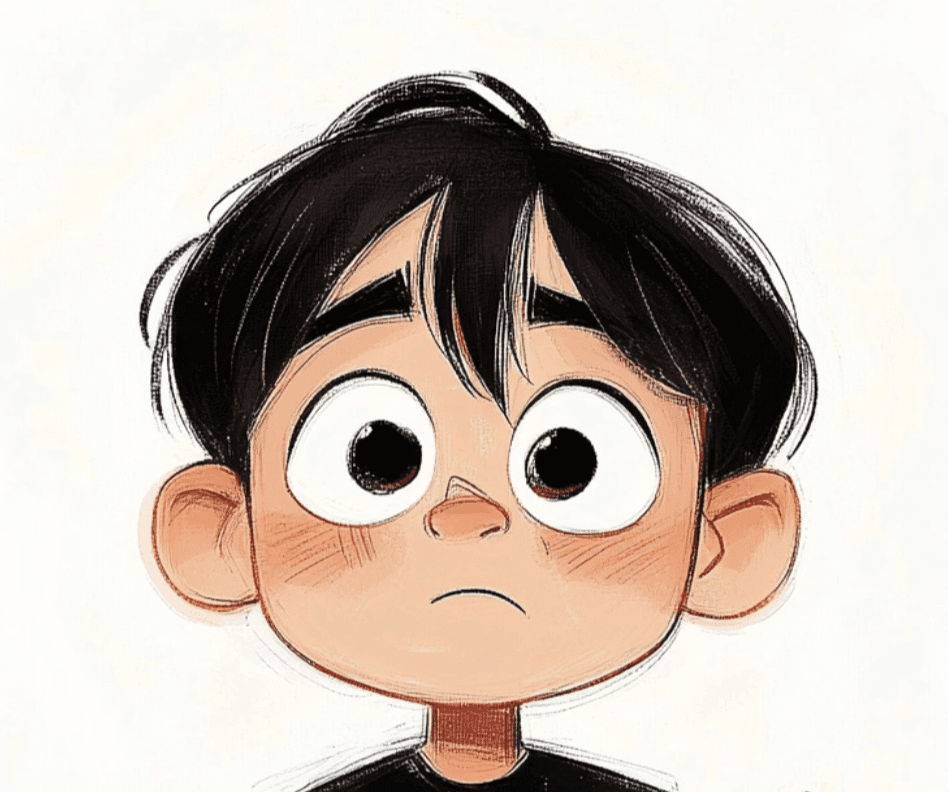
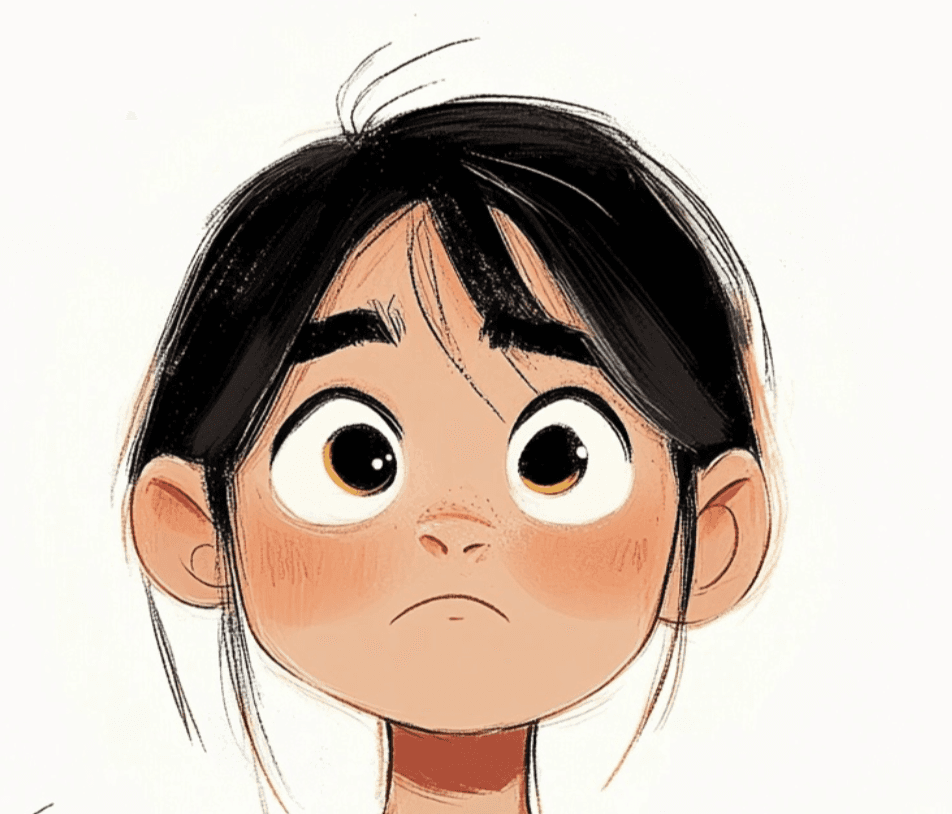
support individuals who struggle with focus and managing tasks in a way that addresses their needs without overwhelming them?
How Might We
From Insight to Action
Tech tools can be distracting
Reminders are helpful
Prioritization tasks is challenging
Motivation needs support
ADD
TASKS
PRIORITY
VIEW
HISTORY
VIEW
TASKS
Final Prototype

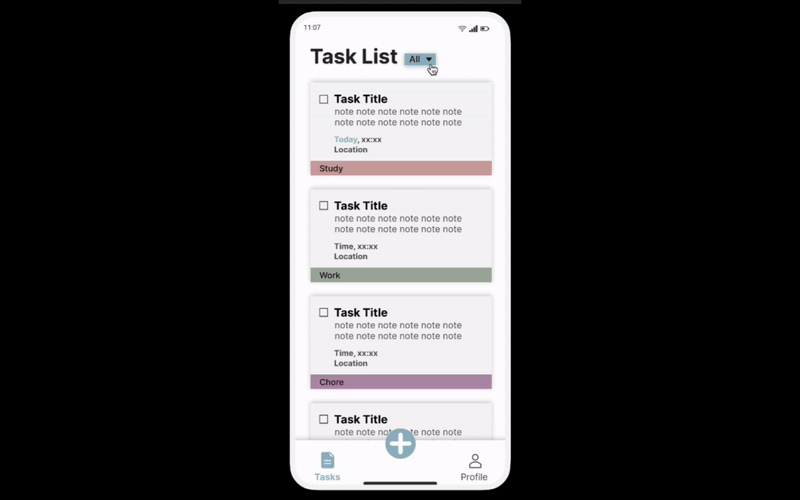
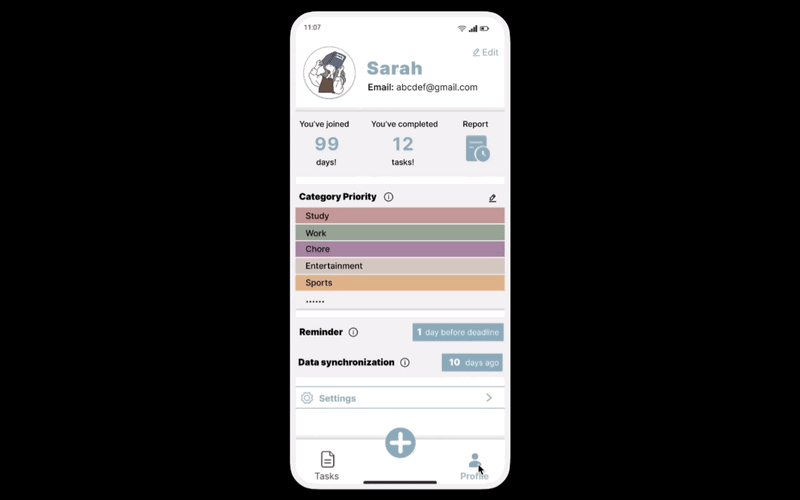
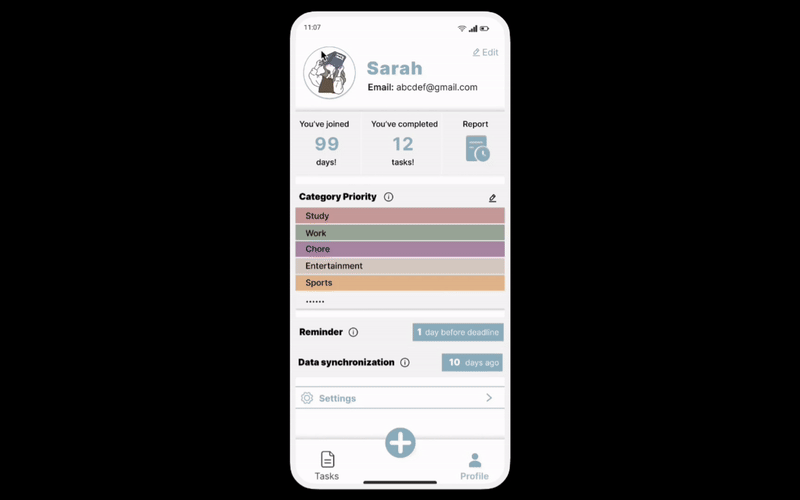
What’s Next?
User-Centric Design: Importance of deeply understanding user needs through interviews and feedback.
Inclusivity: Designing for ADHD requires sensitivity to cognitive load and environmental factors.
Key Learnings
Future Improvements
Advanced Customizations: More personalization options based on user behavior.
Enhanced Community Features: Building a more interactive and engaging community space.
Integration with Other Tools: Seamless connectivity with popular calendars and productivity apps.
Wireframe
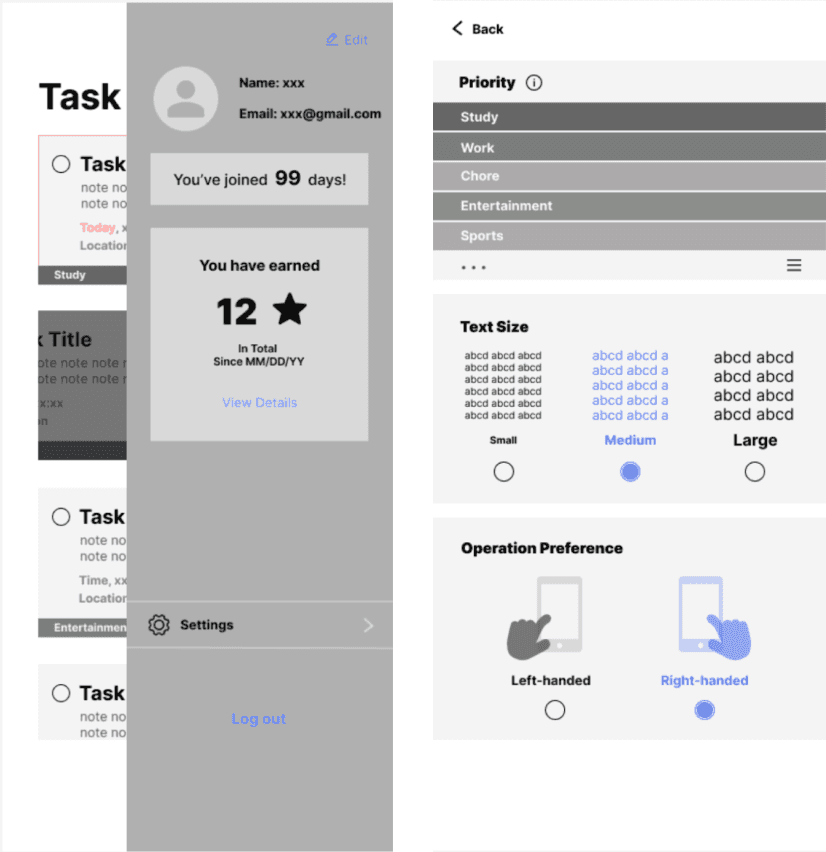
Home
Setting

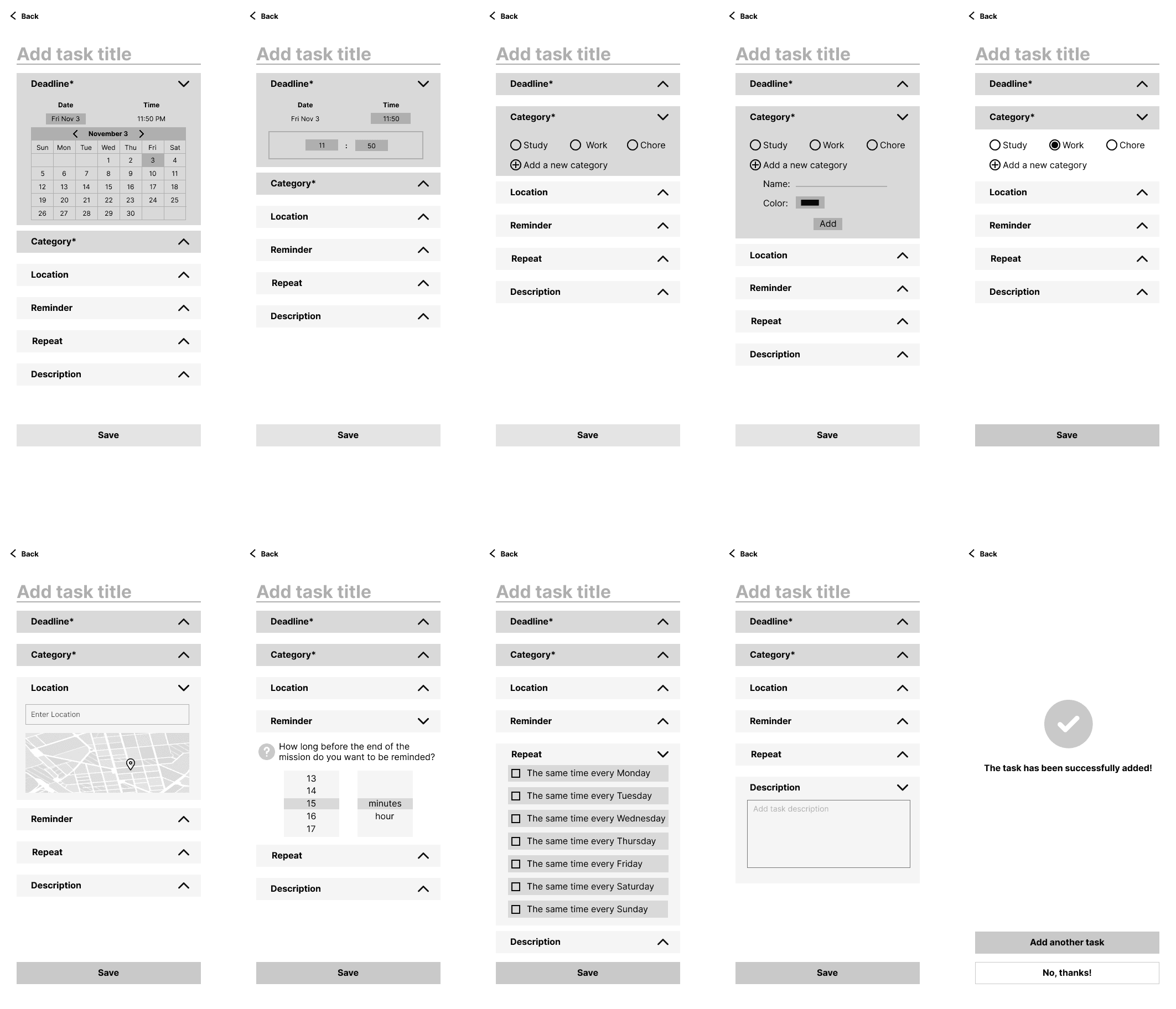
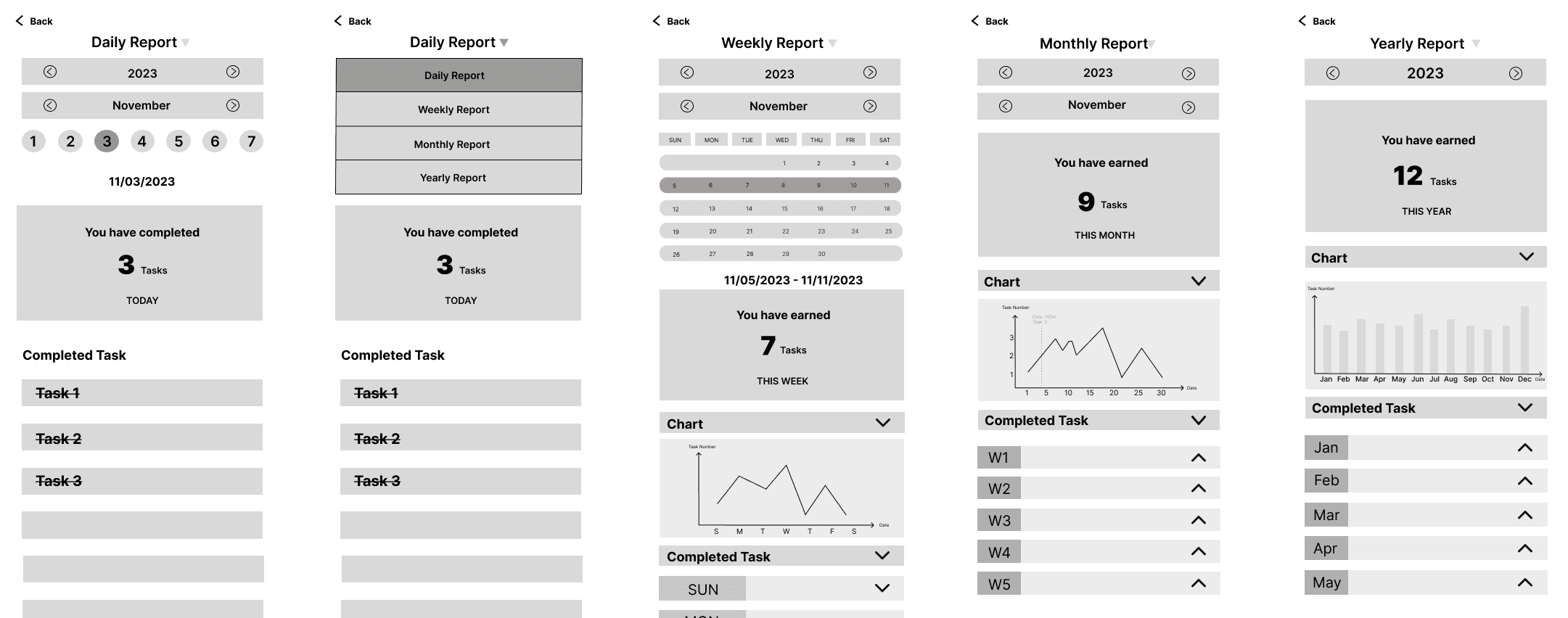
Add Task
Reward
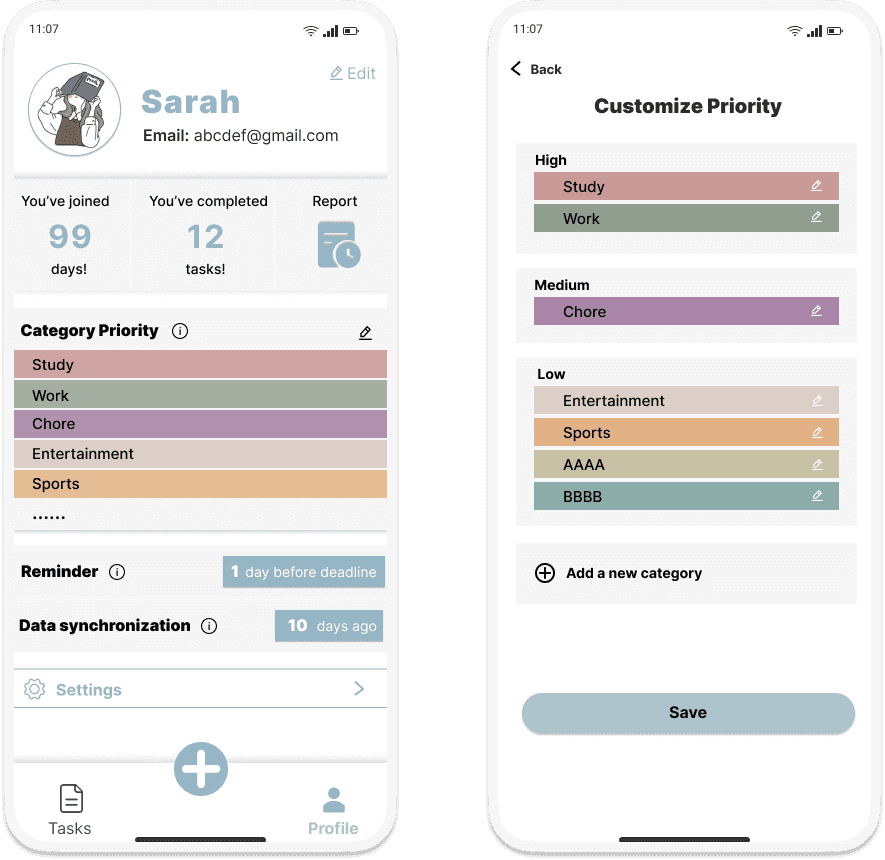
Major Design Change
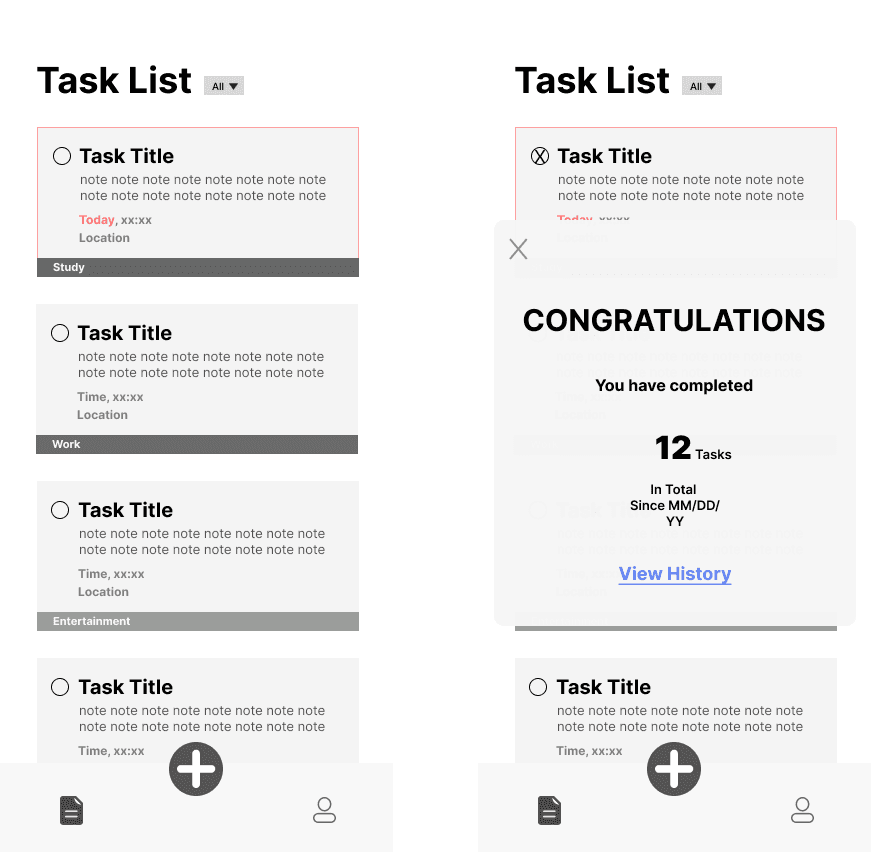
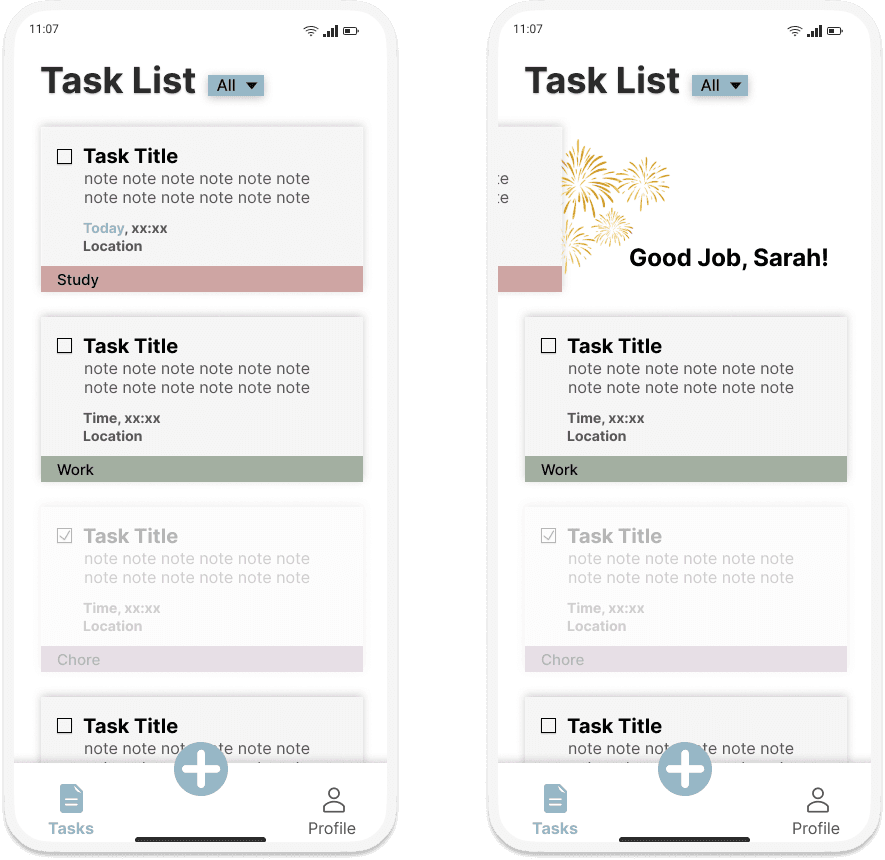
The design changes simplify the task list, add a "congratulations" message for completed tasks, and use colors to organize tasks better. This makes the app easier to use and more motivating.
Tech tools can be distracting
Motivation needs support
Prioritization tasks is challenging
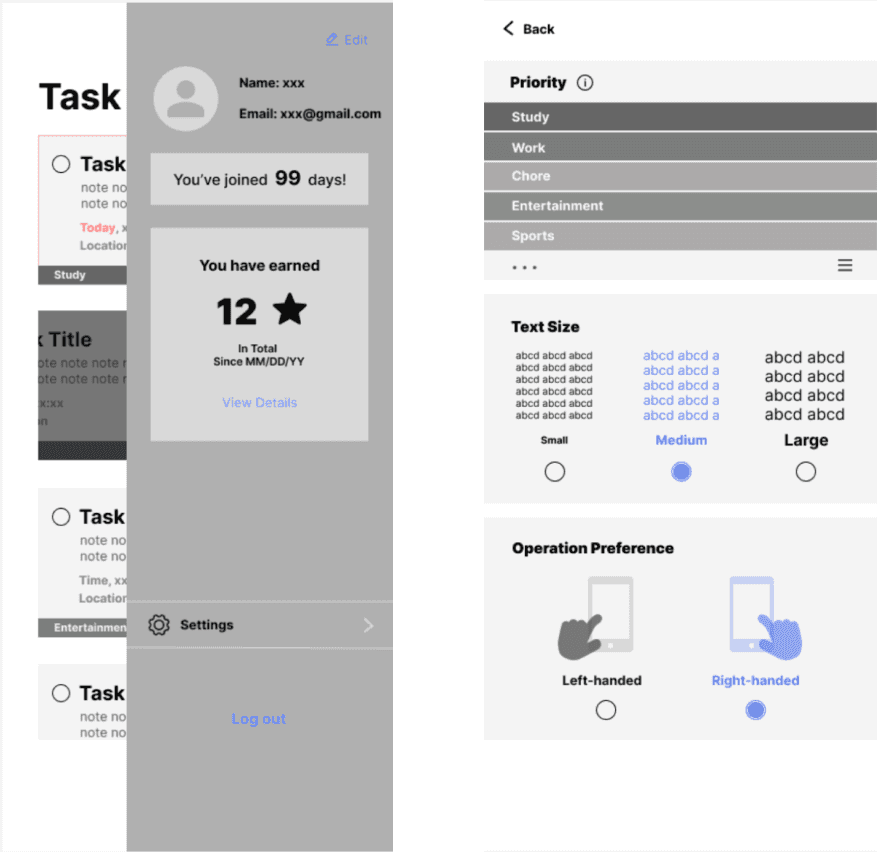
The design introduces automatic task prioritization, helping users categorize tasks by priority level to simplify decision-making and improve focus.